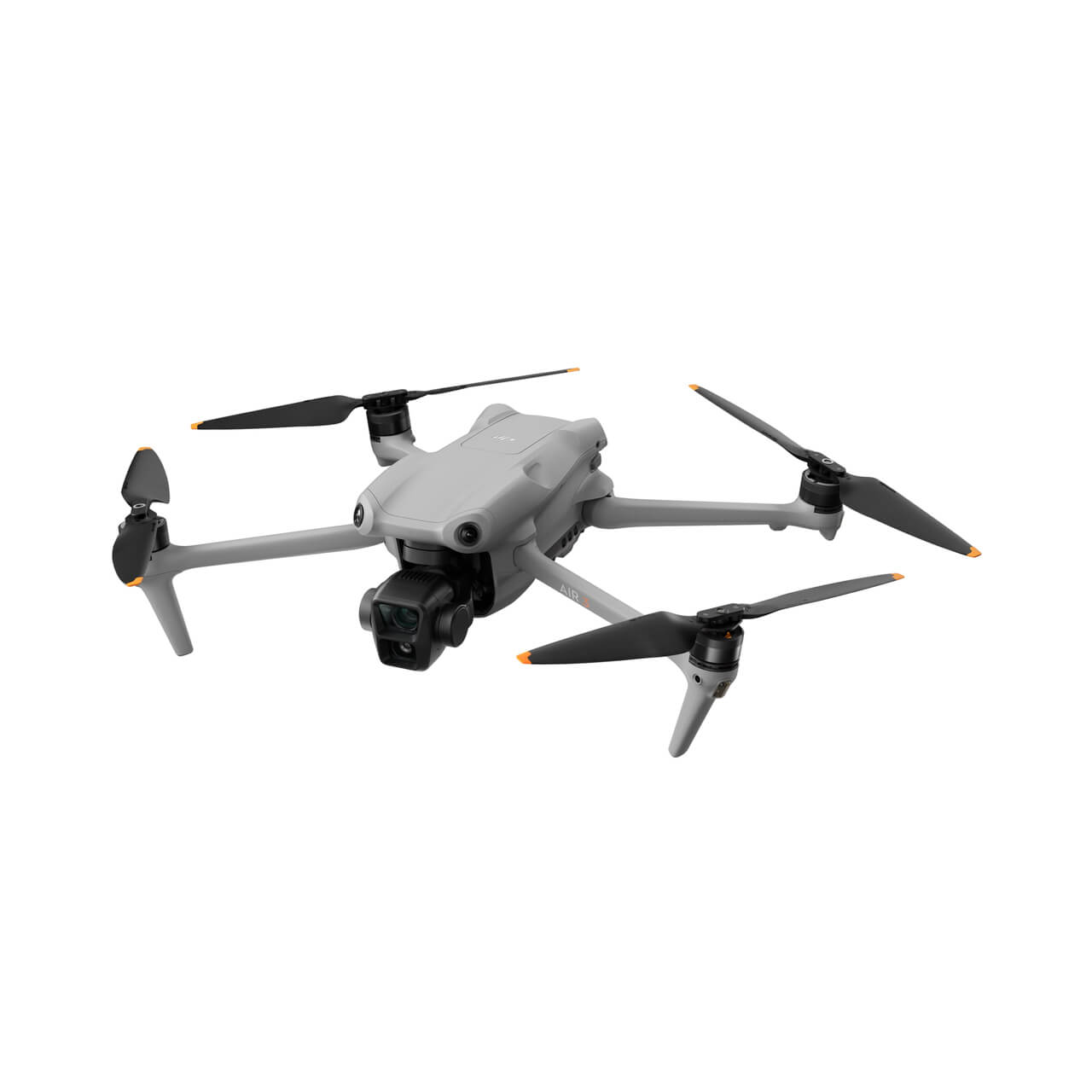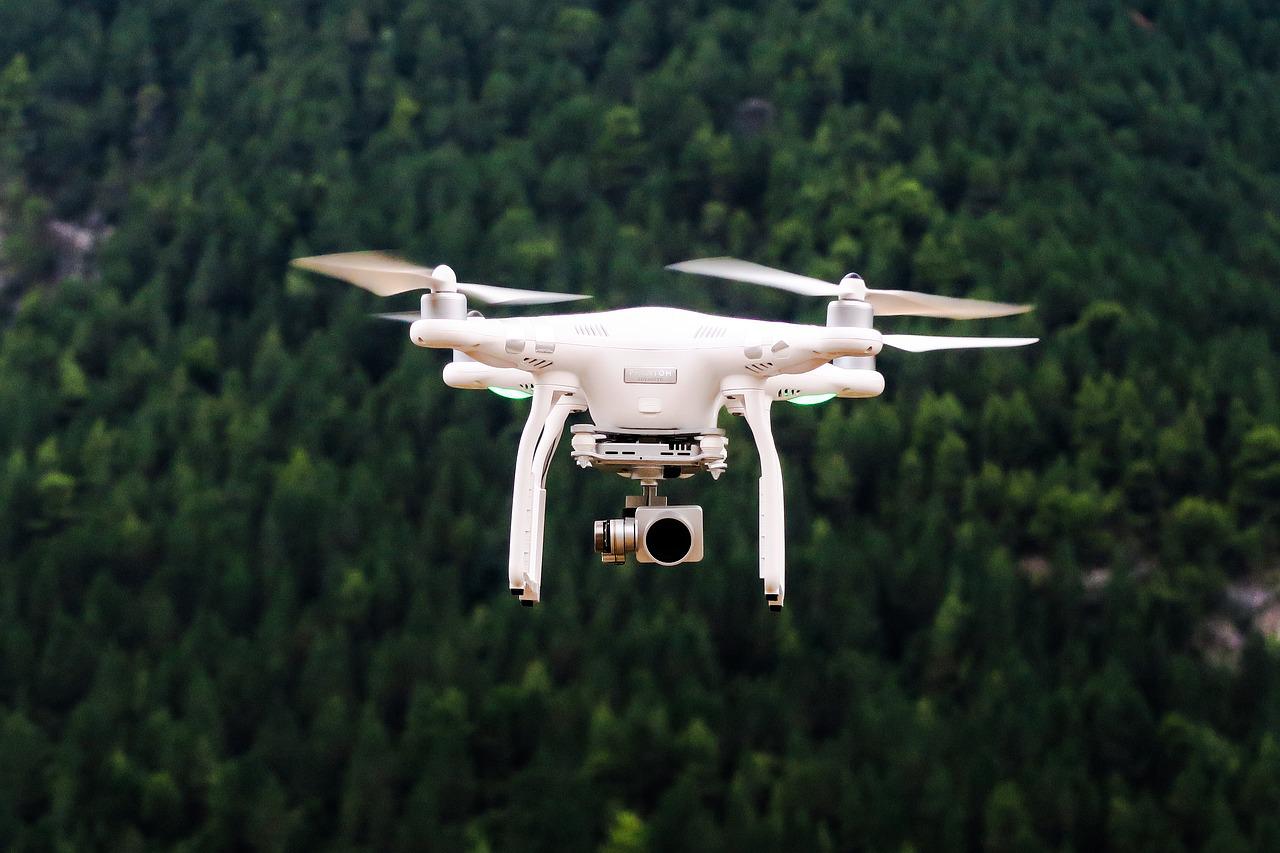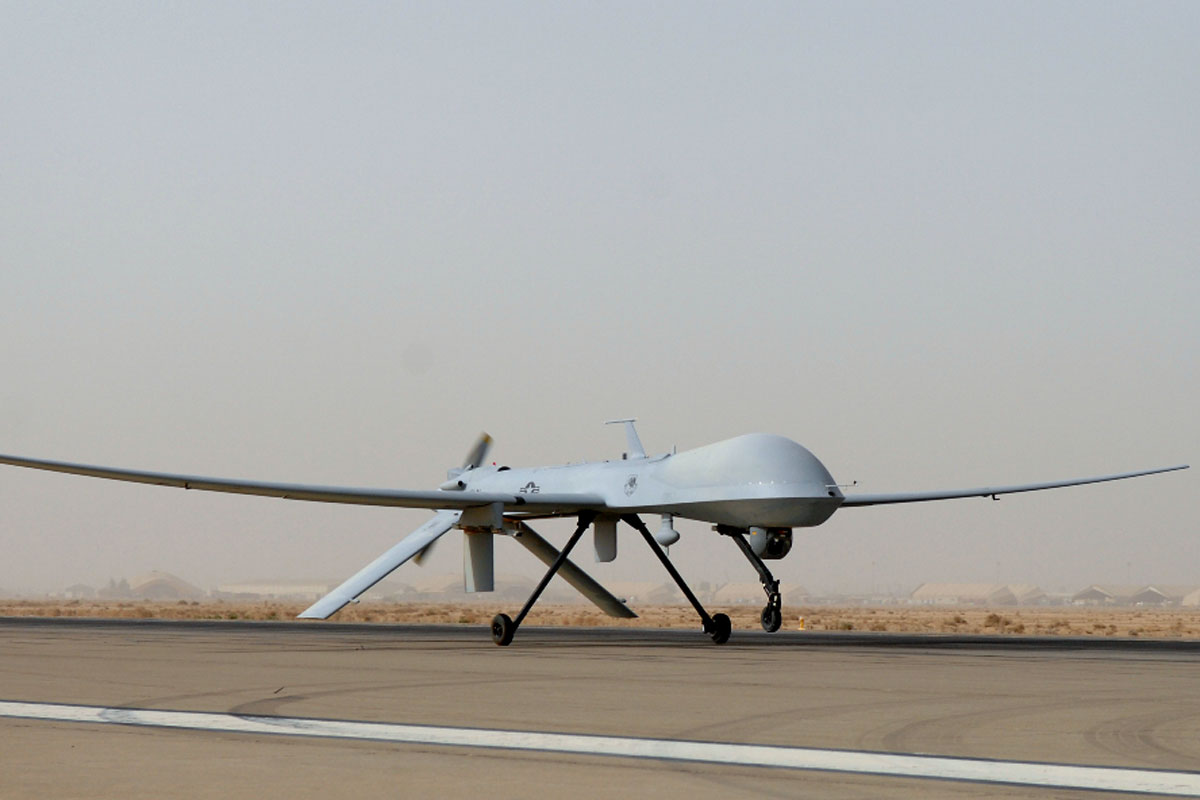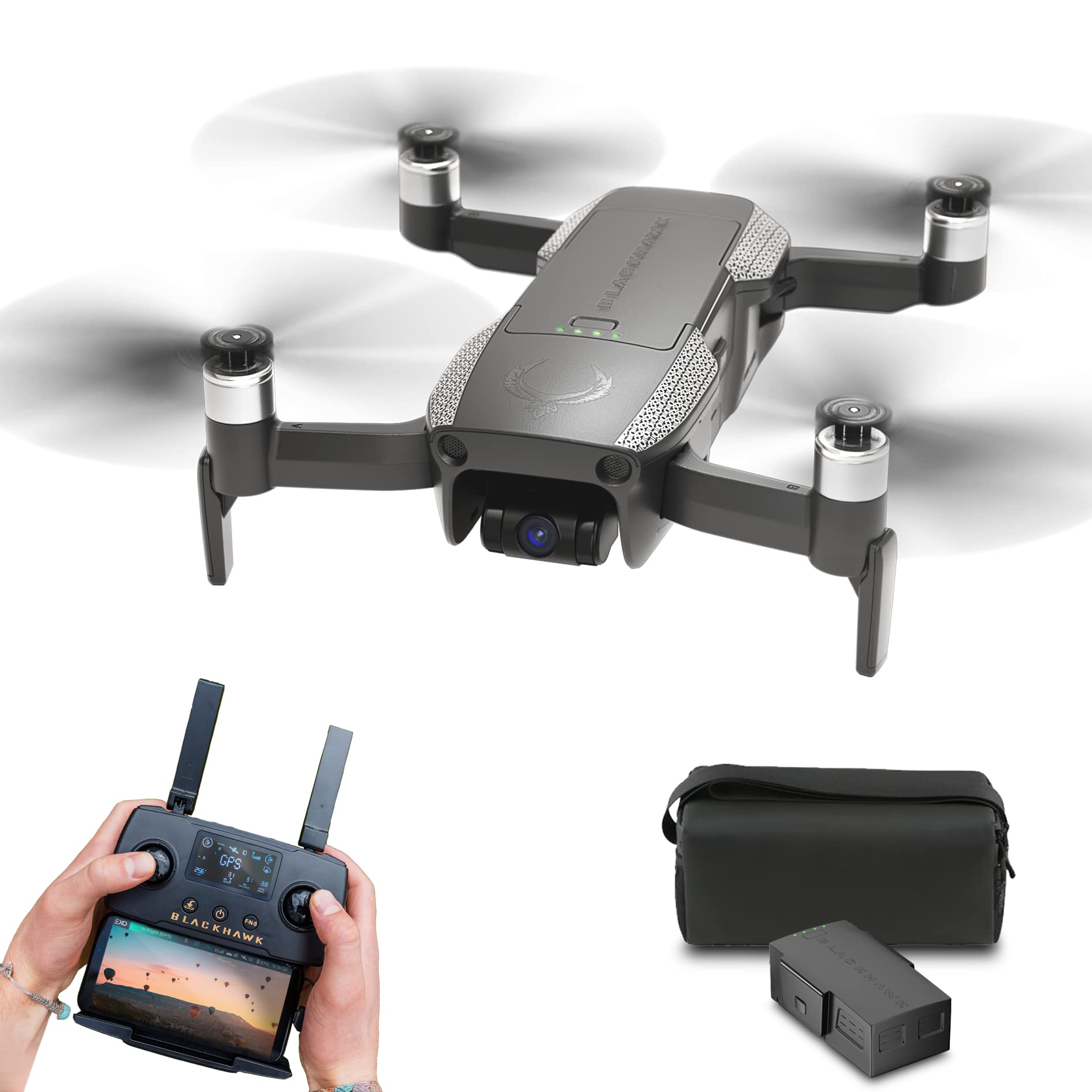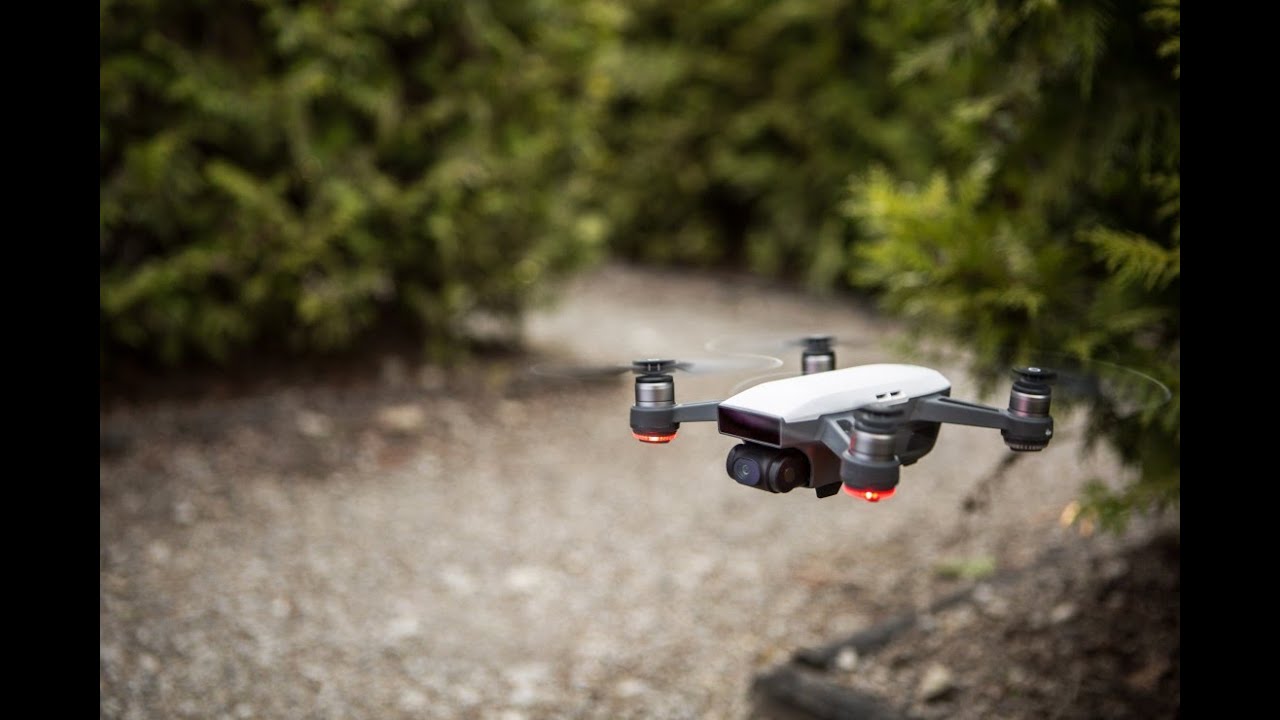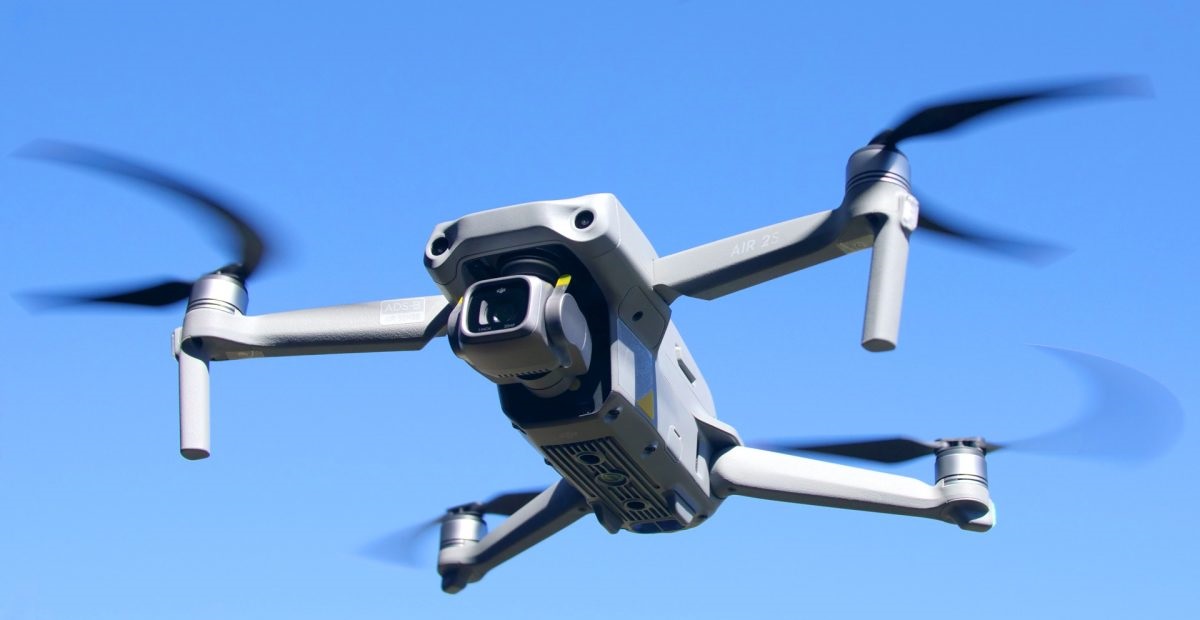Introduction
Drones have become increasingly popular for recreational and professional use, offering a unique perspective and endless possibilities. One of the key factors that drone enthusiasts and professionals look for when purchasing a drone is its range – how far it can travel from the remote controller before losing signal. The range of a drone plays a crucial role in determining its capabilities and limitations, making it an important consideration for anyone hoping to maximize their aerial footage or complete large-scale tasks.
Different drones are equipped with various technologies and have differing ranges. Understanding the factors that affect drone range can help you make an informed decision when choosing the right drone for your needs. Range can be impacted by several factors, including the type of drone, communication protocols, interference, environmental conditions, and more.
It is also worth mentioning that drone range is typically measured in two ways: control distance and video transmission distance. The control distance refers to the range at which you can control the drone using the remote controller. On the other hand, video transmission distance represents the distance at which you can receive a live video feed from the drone’s camera. Both of these factors will impact the overall range of the drone.
In this article, we will explore the various factors that affect drone range and highlight some of the top drones with the longest range in the market. We will also provide a comparison chart for easy reference. Additionally, we will share some tips on how you can extend the range of your drone. So, if you’re a drone enthusiast or a professional looking for a drone with an impressive range, keep reading to discover which drones have the longest range and how you can optimize their performance.
Factors Affecting Drone Range
The range of a drone can be influenced by various factors, which are important to understand in order to maximize the performance and capabilities of your drone. Here are some of the key factors that affect drone range:
- Drone Type: Different types of drones have different capabilities and ranges. Toy drones or entry-level drones typically have shorter ranges compared to professional-grade drones.
- Communication Protocols: The communication protocol used between the remote controller and the drone can impact range. Drones that utilize advanced protocols such as OcuSync or Lightbridge tend to have longer ranges.
- Radio Frequency Interference: The presence of other electronic devices or obstacles emitting radio waves can interfere with the signal between the drone and the remote controller, reducing range. Flying in areas with minimal interference can help maintain a stronger connection.
- Environmental Conditions: Environmental factors such as wind speed, temperature, and humidity can affect drone range. Adverse weather conditions can significantly decrease the range due to increased power consumption and decreased signal strength.
- Battery Life: The capacity and condition of the drone’s battery directly impact its range. Drones with longer battery life and higher-quality batteries can fly for extended periods, increasing their overall range.
- Obstructions: Physical obstructions such as buildings, trees, or hills can interfere with the signal and limit the range of the drone. Flying in open areas with minimal obstructions can help maximize range.
It is important to note that these factors are interconnected, and addressing one factor may positively or negatively affect others. Therefore, it is essential to consider and optimize various aspects to achieve the best possible range for your drone.
By understanding these factors, you can make informed decisions when choosing a drone and take necessary precautions to ensure optimal range during flight. Now that we have explored the factors affecting drone range, let’s delve into some of the top drones with the longest range available in the market.
Top Drones with Longest Range
When it comes to drones with impressive range capabilities, several models stand out from the crowd. These drones are equipped with advanced technologies and features that enable them to travel considerable distances from the remote controller without losing signal. Here are some of the top drones with the longest range available in the market:
- DJI Phantom 4 Pro: The DJI Phantom 4 Pro is a professional-grade drone known for its exceptional range. It boasts a control distance of up to 7 kilometers (4.35 miles), allowing you to explore vast areas and capture breathtaking aerial footage.
- DJI Mavic 2 Pro: Another impressive drone from DJI, the Mavic 2 Pro, offers a control distance of up to 8 kilometers (4.97 miles). Its compact design and advanced flight features make it a popular choice among aerial photographers and videographers.
- Autel Robotics EVO II: The Autel Robotics EVO II is a robust drone with an impressive maximum range of 9 kilometers (5.59 miles). It boasts a 6K camera and intelligent flight modes, making it a versatile option for professional applications.
- Yuneec Typhoon H Pro: With a control distance of up to 1.6 kilometers (1 mile), the Yuneec Typhoon H Pro offers a decent range for aerial photography and videography enthusiasts. It also features a 4K camera and obstacle avoidance technology.
- PowerVision PowerEye: The PowerVision PowerEye is a professional-grade drone that boasts a control distance of up to 5 kilometers (3.11 miles). It is equipped with a 4K camera and intelligent flight modes, making it suitable for various applications.
These drones are just a few examples of the many models available in the market with impressive range capabilities. It is important to consider your specific requirements, budget, and intended use when selecting a drone with a long range.
Next, let’s take a look at a comparison chart that provides a quick overview of the range specifications for these top drones.
Drone Range Comparison Chart
To help you make an informed decision when choosing a drone with an impressive range, here is a comparison chart showcasing the control distance of the top drones mentioned earlier:
| Drone Model | Control Distance |
|---|---|
| DJI Phantom 4 Pro | Up to 7 kilometers (4.35 miles) |
| DJI Mavic 2 Pro | Up to 8 kilometers (4.97 miles) |
| Autel Robotics EVO II | Up to 9 kilometers (5.59 miles) |
| Yuneec Typhoon H Pro | Up to 1.6 kilometers (1 mile) |
| PowerVision PowerEye | Up to 5 kilometers (3.11 miles) |
It is important to note that these ranges are approximate and can vary based on environmental conditions, battery life, and other factors. It’s also worth mentioning that the video transmission distance may differ from the control distance, as the video signal can be impacted by different variables.
By referring to this comparison chart, you can evaluate the range capabilities of each drone and choose the one that best fits your requirements, whether you’re an aerial photographer, videographer, or an enthusiast looking to explore vast aerial landscapes.
Now that we have seen the top drones with the longest range and compared their control distances, let’s move on to some useful tips on how to extend the range of your drone.
Tips to Extend Drone Range
Getting the most out of your drone’s range is essential for capturing stunning footage and completing your aerial missions effectively. Here are some tips to help you extend the range of your drone:
- Fly in an Open Area: Choose an open area for flying your drone, away from tall buildings, trees, and other obstructions. This will minimize signal interference and allow for better communication between the drone and remote controller.
- Optimize Antenna Placement: Make sure the antennas on both the drone and remote controller are oriented correctly. Pointing the antennas towards each other can provide better signal strength and range.
- Update Firmware Regularly: Keep your drone’s firmware up to date. Manufacturers often release updates that improve performance and address any range-related issues.
- Fly at Higher Altitudes: Flying at higher altitudes can enhance the line-of-sight between the drone and the controller, resulting in better signal strength and increased range.
- Avoid Interference: Stay away from areas with potential interference sources such as power lines, Wi-Fi signals, and other electronic devices. These can disrupt the drone’s signal and limit its range.
- Monitor Battery Life: Ensure that your drone’s battery is fully charged before each flight. An adequately charged battery will provide consistent power and maximize the drone’s range.
- Use Signal Boosters: Consider using signal boosters or range extenders for your drone’s remote controller. These devices can amplify the signal and potentially extend the range.
- Choose Favorable Weather Conditions: Fly your drone on clear days with minimal wind and precipitation. Adverse weather conditions can decrease battery life and weaken the signal, limiting the drone’s range.
By implementing these tips, you can optimize your drone’s range and ensure a more successful and enjoyable flying experience. However, it is crucial to always adhere to local regulations and guidelines governing drone flights in your area.
Now that you have a better understanding of how to extend your drone’s range, let’s wrap up this article.
Conclusion
Drones offer exciting opportunities for aerial photography, videography, and exploration. Understanding the factors that affect drone range and choosing a drone with an impressive range can significantly enhance your flying experience. By considering your specific needs and budget, you can select a drone that meets your requirements.
In this article, we discussed the various factors that impact drone range, including the type of drone, communication protocols, interference, environmental conditions, and battery life. We also highlighted some of the top drones with the longest range available in the market, such as the DJI Phantom 4 Pro, DJI Mavic 2 Pro, Autel Robotics EVO II, Yuneec Typhoon H Pro, and PowerVision PowerEye.
Additionally, we provided a comparison chart showcasing the control distances of these drones, allowing you to make an informed decision. Furthermore, we shared useful tips on extending your drone’s range, such as flying in open areas, optimizing antenna placement, updating firmware, flying at higher altitudes, avoiding interference, monitoring battery life, using signal boosters, and choosing favorable weather conditions.
Remember, maximizing drone range requires a combination of technological considerations, environmental awareness, and skillful flying techniques. It is crucial to follow local regulations and guidelines while flying your drone for both safety and legal compliance.
So, whether you’re a professional videographer capturing stunning aerial footage or an aerial photography enthusiast exploring breathtaking landscapes, understanding and optimizing your drone’s range will allow you to reach new heights and capture moments from unique perspectives.
Now, go out, fly safely, and enjoy the experience of pushing the boundaries of drone flight with an extended range!







